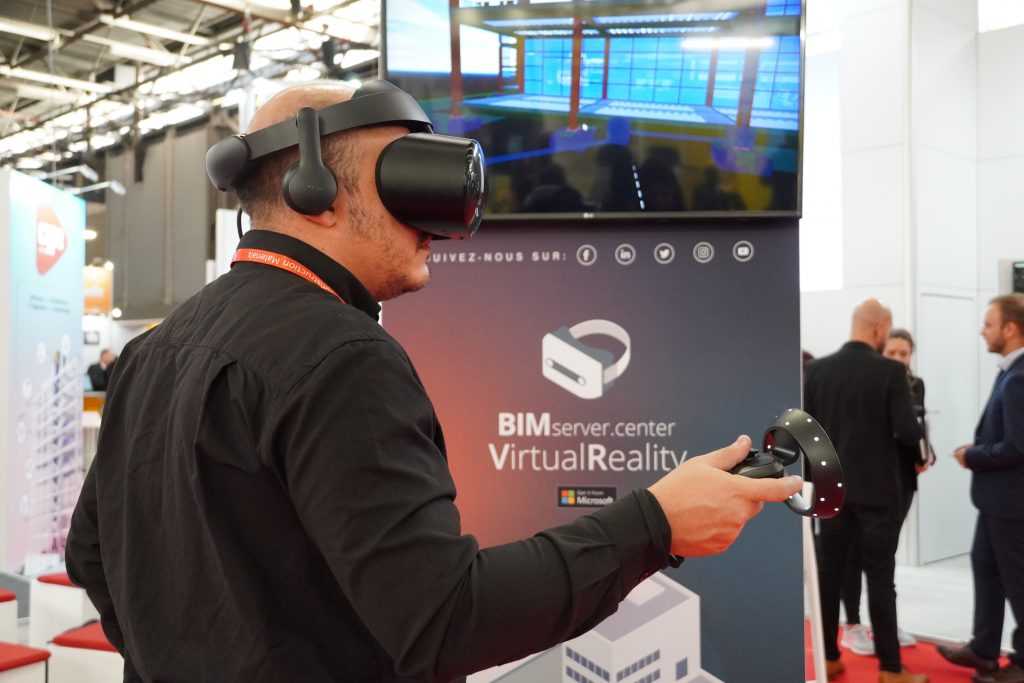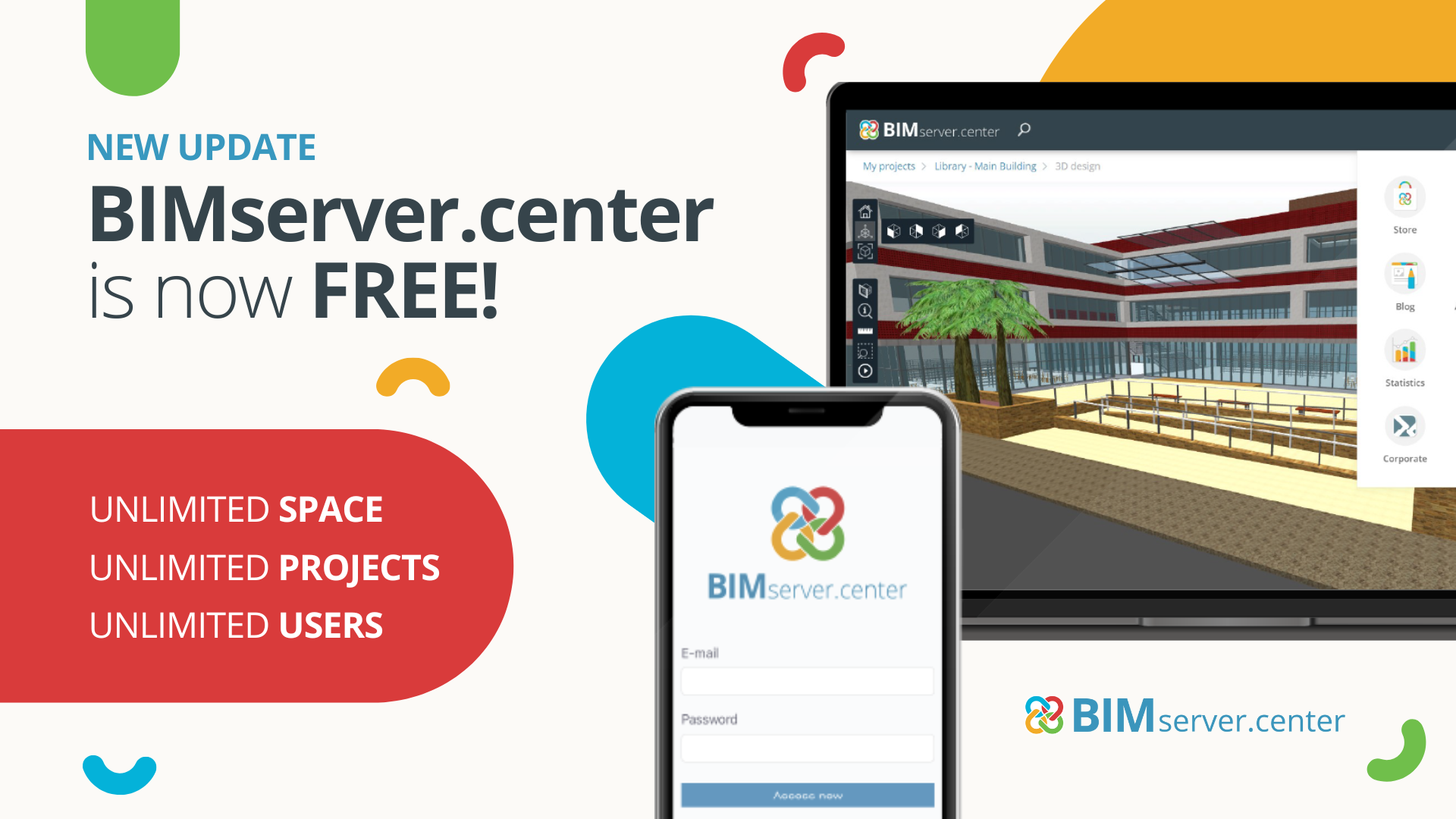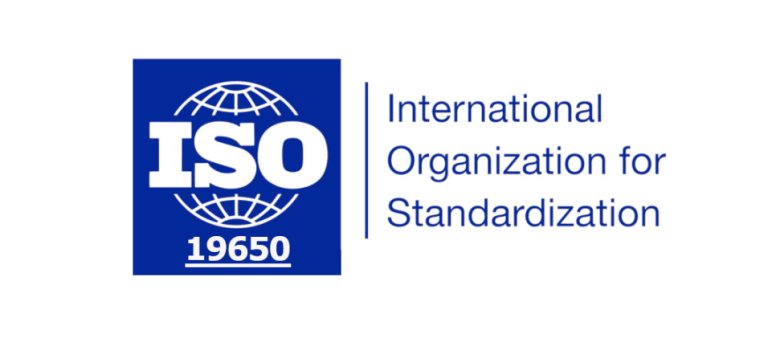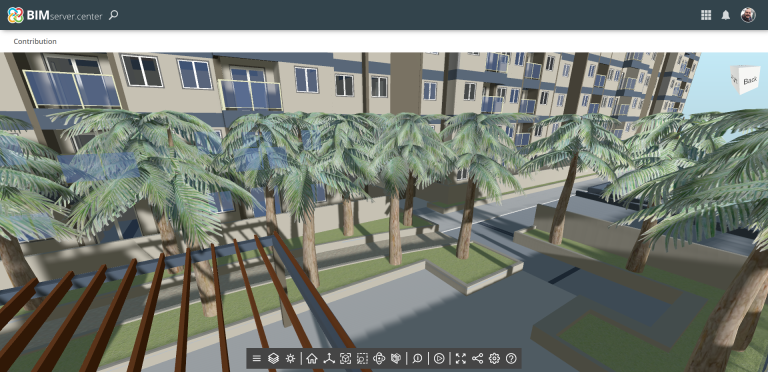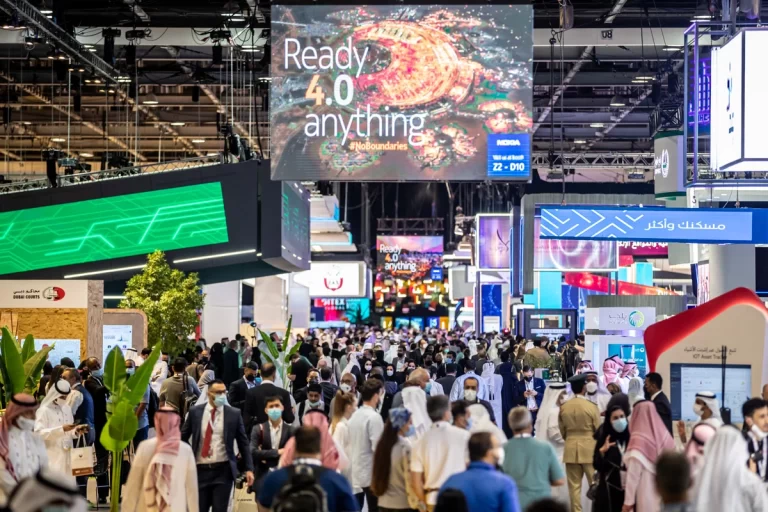We will explain the differences between these three closely related technologies that can be used in the architecture, engineering and construction industry
Extended reality research (augmented reality, virtual reality and mixed reality) began several decades ago. However, these technologies have only started to directly impact consumers in recent years. In global figures, investment in these technologies will reach 140.4 billion euros by the end of 2023.
A turning point in the use of these extended technologies occurred in 2020, when the impact of COVID-19 dramatically boosted the market for these technologies, growing both in hardware production and sales and in content and application development.
Smartphones, AR and MR devices promise to become essential technologies and completely reshape the way people communicate and access services and information. As a result, companies are trying to adapt to this new trend by reshaping their services for spatial interfaces and understanding how they work.
At BIMserver.center, an open global platform for collaboration in the cloud for architecture, engineering and construction projects using open standard formats, we are also committed to the development of these disruptive technologies in order to offer our users and clients the best tools so that they can carry out their construction projects more safely and efficiently.
Therefore, although we are aware that there are still some doubts about the differences between augmented reality, virtual reality and mixed realities, we are going to briefly explain the features of each of them along with their differences.
Virtual reality
Virtual reality is the technology that allows us to replace our environment with a digitally generated one. In order to create this new environment, virtual reality usually requires virtual reality glasses to be able to transport us to a new place and live all kinds of experiences that happen as if they were real life. This technology is used to create worlds, environments and realities that are completely different from the outside world with which we can interact.
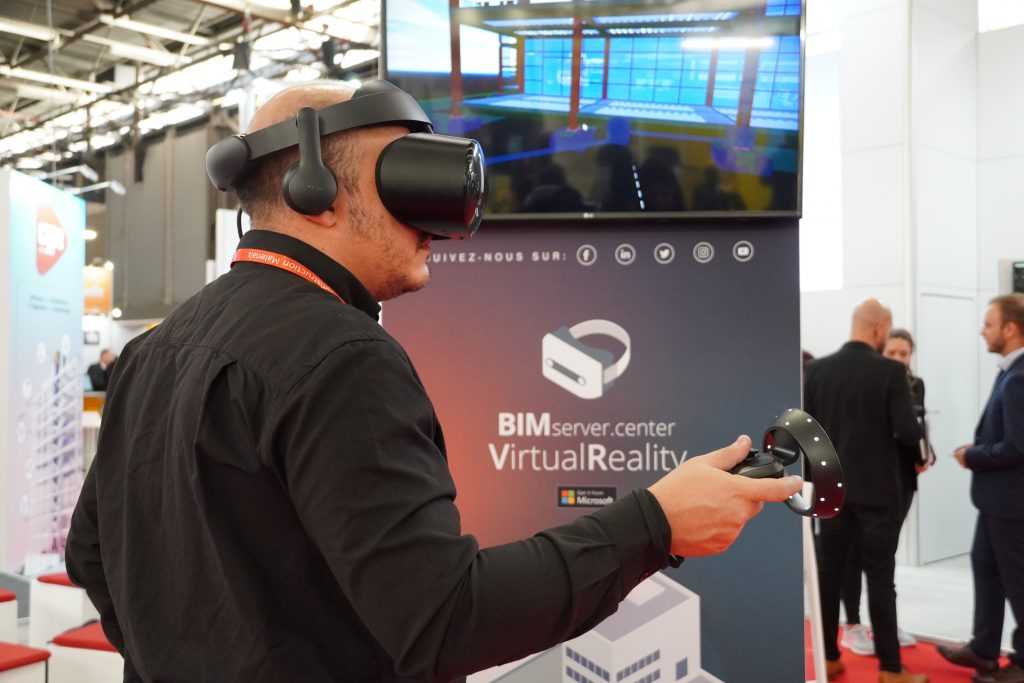
Augmented reality
Augmented reality is the technology that allows us to superimpose layers of information onto the physical world in which we live. The main difference compared to virtual reality is that it does not create a new environment independent of reality, but instead it creates virtual content that is applied to the real world. To use augmented reality, all it takes is a smartphone with a camera or a tablet and an augmented reality application. Applied to the construction sector, augmented reality offers a series of benefits, such as improving communication between construction professionals, speeding up processes, saving costs, reducing errors and improving productivity.
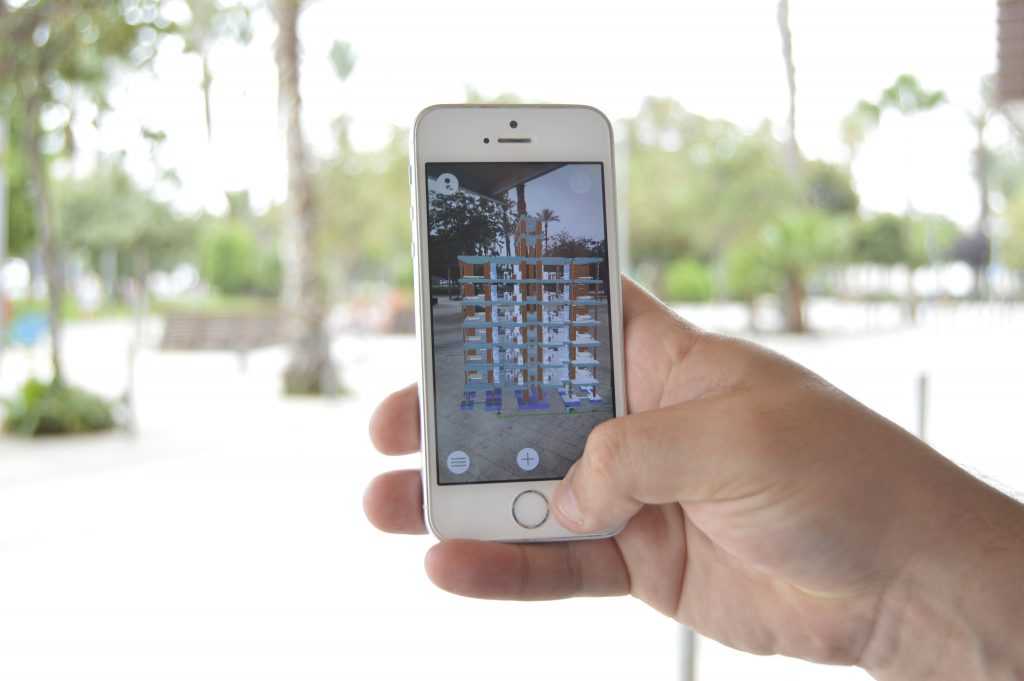
Mixed reality
On the other hand, mixed reality is a more complex technology than the previous two and can be defined as a hybrid between augmented reality and virtual reality. More specifically, in mixed reality, the physical world is merged with the digital world. To do this, it offers users a virtual world that has been recreated over the real world, which allows us to interact with the former without completely escaping from the latter. For example, any virtual object placed in a physical environment will receive information about the physical space and its context, which means that factors such as lighting have an influence on our perception of virtual objects.

Technologies for professional use
These three technologies are set to coexist and complement each other as they offer different experiences depending on the industry in which they are applied. In this regard, the XR INSIDE 2021 report (NTT DATA) highlights that since 2020, investment by companies in economic sectors outside the entertainment industry, the leader in the use of these technologies, has been growing by leaps and bounds.
More specifically, the areas of interest that are growing the most are Training, Education, Healthcare, Tourism and Games. As a result, the study notes that "companies seek to adapt to this new trend, reengineering their services for spatial interfaces and understanding how they work".
In 2018, the XR Report: X-ray of Virtual, Augmented and Mixed Reality in Spain, carried out by the Fundación Telefónica, outlines the presence of these technologies in Spain by economic sectors.
Use of extended realities by country
Meanwhile, the latest report carried out by PwC Seeing is believing. How virtual reality and augmented reality are transforming business and the economy highlights the evolution of the extended reality industry, which it estimates will generate a turnover of up to 1.5 billion dollars in the global economy by 2030.
By country, the United States would benefit the most from the application of these technologies, estimating that AR and VR will have an economic impact of 515,520 million euros in 2030, which is equivalent to an increase of 2.83% in its GDP. The US is followed by China and Japan, which, with 175,968 and 137,472 million euros generated, respectively, will experience growth of 2.09% and 2% in their GDP.
In Europe, the study focuses on Germany, Finland, the United Kingdom and France, which, according to the document, will see their gross domestic product grow by 2.46%, 2.64%, 2.44% and 0.72%, respectively.

